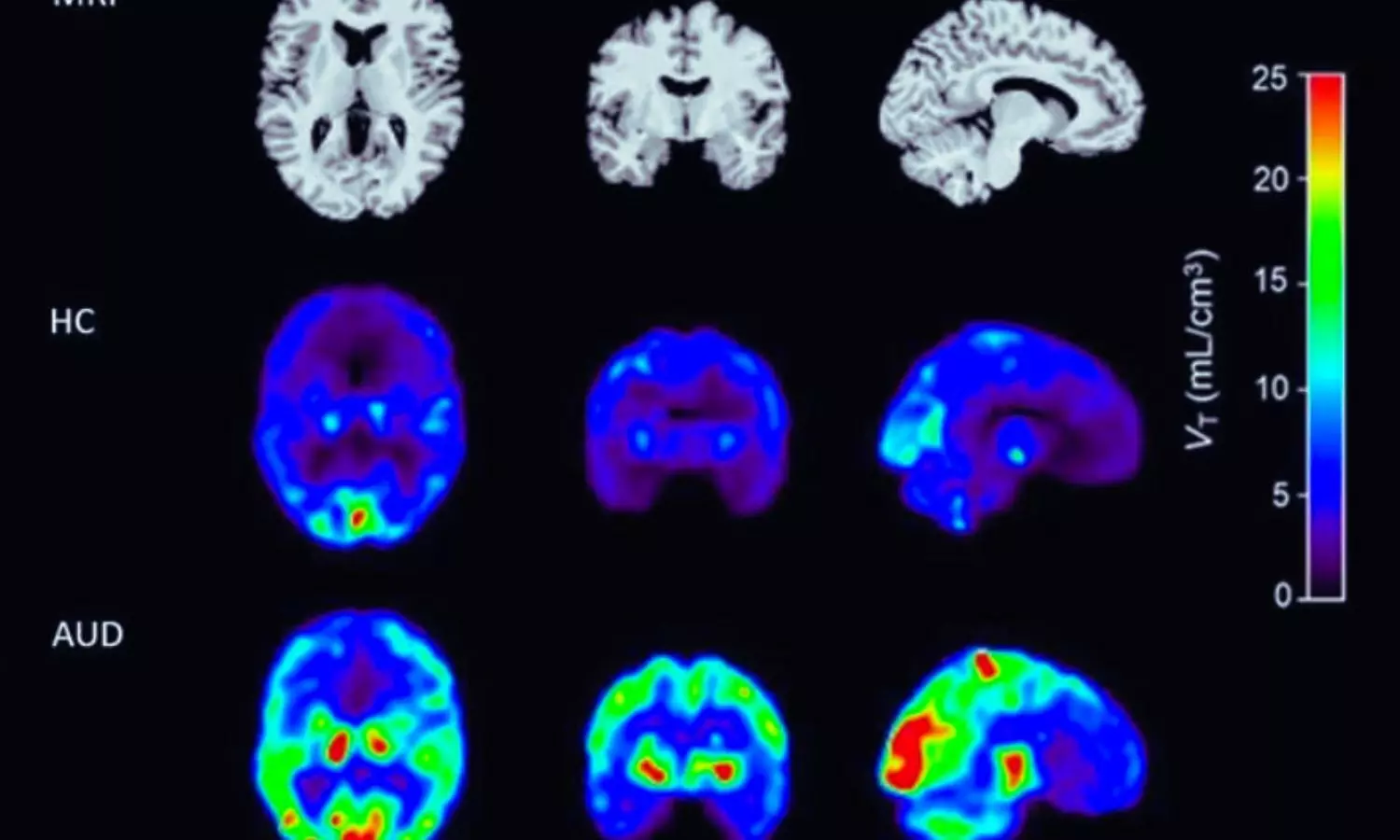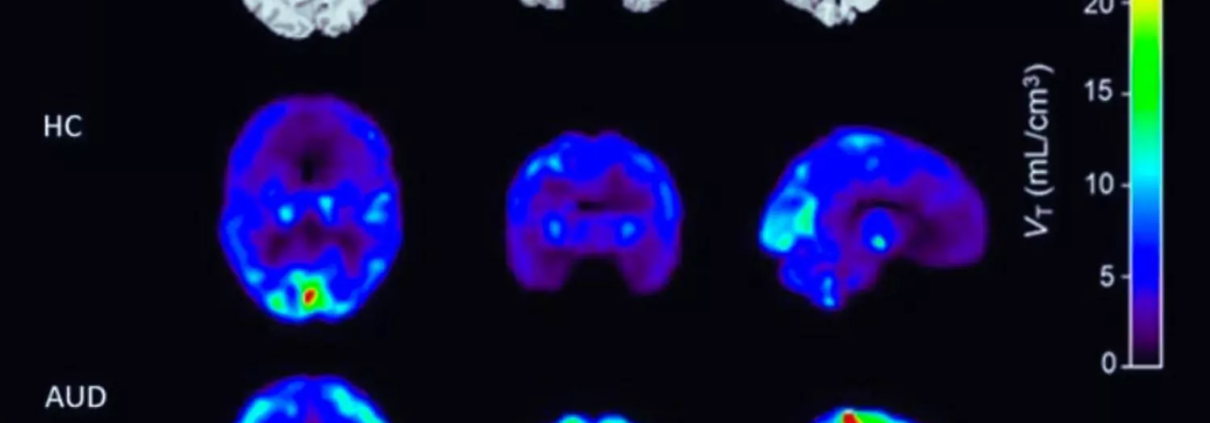Routine imaging in postoperative follow-up of patients with pancreatic ductal adenocarcinoma may help improve overalls survival: JAMA

Recent research has shown that, in comparison to symptom-based follow-up, routine imaging in follow-up after pancreatic resection for pancreatic ductal adenocarcinoma (PDAC) is associated with survival and a higher rate of treatment targeted towards recurrence. The study was conducted by Paul C. and colleagues published in JAMA Surgery journal.
PDAC is considered one of the most aggressive forms of malignancy with high recurrence following surgical resection. The overall objective of this research was to examine how these follow-up interventions impacted overall survival and chances of access to recurrence-specific treatments in patients with recurrent PDAC.
This was a prospective, cross-sectional trial conducted in 13 countries and 33 E-AHPBA centers across the years 2020 to 2021, recruiting patients with PDAC. A total of 333 participants, with a mean age of 65 years (SD, 11 years), and 184 male patients (55%), had follow-up after pancreatic resection assessed. Two approaches to the strategy of follow-up were compared: symptomatic follow-up without routine imaging and routine imaging follow-up. The overall survival was analyzed through Kaplan-Meier estimates. Logistic and Cox proportional hazard models were used to control the confounding factors.
Key Findings
-
Of 333 patients with PDAC recurrence, routine imaging follow-up was done in 71% (235 patients), and the follow-up was based on symptoms in 29% of the patients (98 patients).
-
Median overall survival was significantly longer for the routine imaging group, at 28 months (95% CI, 24-30 months), versus 23 months (95% CI, 19-29 months) in the symptomatic follow-up group (P = 0.01).
-
Routine imaging follow-up was associated with a higher likelihood of receiving recurrence-focused treatment (adjusted odds ratio, 2.57; 95% CI, 1.22-5.41; P =0.01).
-
In contrast, overall survival was prolonged among patients who had routine imaging at regular intervals, with an adjusted hazard ratio of 0.75 (95% CI, 0.56-0.99; P = 0.04).
Routine imaging post-resection of PDAC was independently associated with greater recurrence-focused treatment and longer survival, and an overall survival rate of 28 months in patients monitored by routine imaging versus symptomatic follow-up at 23 months. Specific imaging protocols must be further explored as well as their cost-effectiveness, and then uniform, evidence-based guidelines for follow-up care have to be developed.
Reference:



